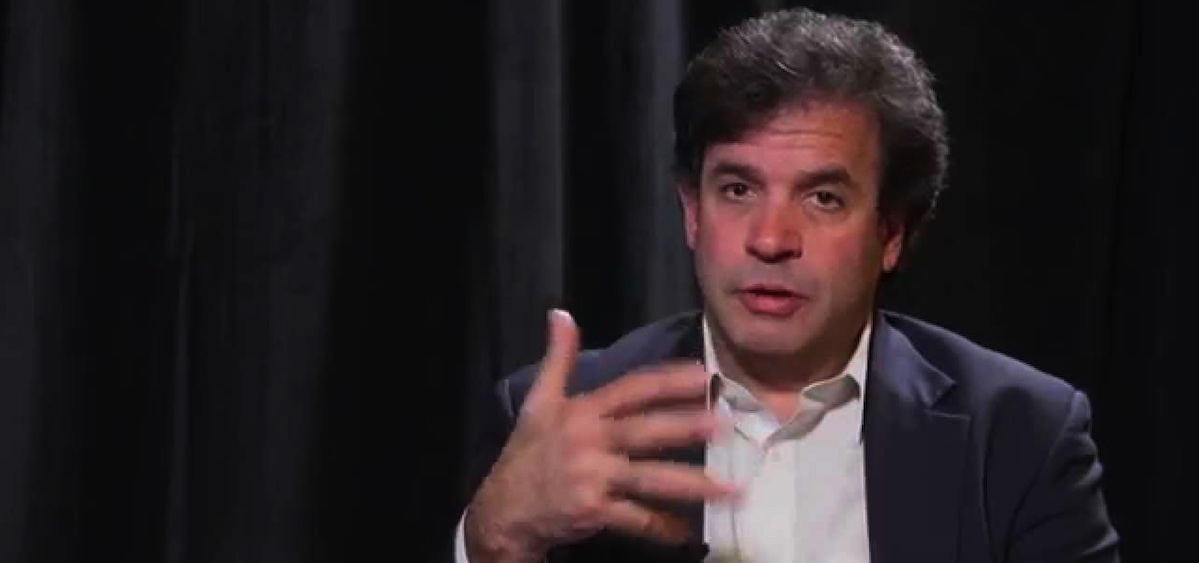Uncategorized

Super Genes with Dr. Rudy Tanzi
< < Back toDr. Rudy Tanzi, Professor of Neurology at Harvard Medical School, explains the newest ways we can understand our own genes. For decades medical science believed genes determined our biological destiny, but now the new genetics may change that assumption forever. Does the power for personal transformation lie within your DNA?
******************************************
(Bio courtesy Massachusetts Alzheimer’s Disease Research Center)
Biography:
Dr. Rudolph Tanzi is a Professor of Neurology and holder of the Joseph P. and Rose F. Kennedy Endowed Chair in Neurology at Harvard University. At the Massachusetts General Hospital (MGH), Dr. Tanzi serves as the Vice-Chair of Neurology (Research) and Director of the Genetics and Aging Research Unit, which consists of eight laboratories investigating the genetic causes of Alzheimer’s disease.
Dr. Tanzi has been investigating the molecular and genetic basis of neurological disease since 1980, when he participated in the pioneering study that led to location of the Huntington’s disease gene, the first disease gene to be found by genetic linkage analysis. Since 1982, Dr. Tanzi has investigated the genetic causes of Alzheimer’s disease (AD). He co-discovered all three genes that cause early-onset familial AD, including the first familial AD gene, known as the amyloid β-protein (A4) precursor (APP), and the presenilin genes. In 1993, Dr. Tanzi discovered the gene responsible for the neurological disorder known as Wilson’s disease, and over the past 25 years, he has collaborated on studies identifying several other disease genes including those causing neurofibromatosis, amyotrophic lateral sclerosis, and autism.
Dr. Tanzi currently spearheads the Alzheimer’s Genome Project, which identified several other AD gene including CD33, which plays a role in modulating neuroinflammation in AD. This achievement was named one of the “Top Ten Medical Breakthroughs of 2008” by Time Magazine. In 1994, Dr. Tanzi discovered that the metals, zinc and copper are necessary for the formation of neurotoxic assemblies of the Aβ peptide, the main component of β-amyloid deposits in brains of AD patients. Based on this discovery, Dr. Tanzi developed the “Metal hypothesis of Alzheimer’s disease”, which has led to clinical trials for treating and preventing AD by targeting Aβ−metal interactions (Prana Biotechnology, LTD; co-founder). Dr. Tanzi is also developing a potent class of gamma secretase modulators for preventing and treating AD as well as therapies aimed at targeting the genes, CD33 and TREM2, to curb neuroinflammation in AD. In 2014, Dr. Tanzi, Dr. Se Hoon Choi, and Dr. Doo-Yeon Kim reported the first in vitro model recapitualting AD neuropathology and showing that beta-amyloid can induce neurofibrillary tangles using human stem cell-derived neural cultures grown in three-dimensional culture systems.

